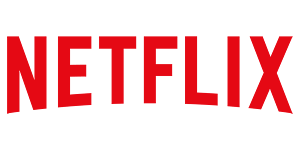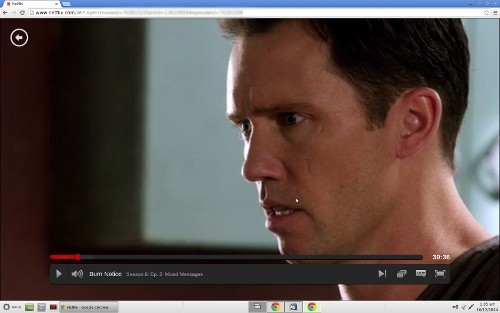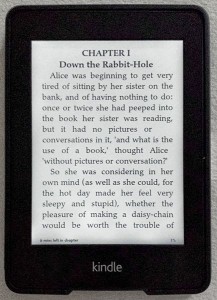Monday’s article on easy Netflix coming at last to Linux garnered a few polite responses, taking me to task for my enthusiasm for a “non-free” solution. The problems are that Netflix uses DRM and that currently its use on GNU/Linux requires the use of the proprietary Chrome browser. One commenter even questioned FOSS Force’s commitment to software freedom with the remark: “Your logo “Keeping Tech Free” I take it that means free beer and not freedom.”
 Nope. I’m an advocate of free “as in speech” software — which includes the freedom to choose. If there’s a FOSS solution for something I need or want to do, I’ll take that every time, and encourage my friends to do so as well. However, if there’s something I need or want to do with no FOSS solution available, I might use a proprietary solution, depending on the depth of my need or want and on how draconian the terms of the proprietary EULA.
Nope. I’m an advocate of free “as in speech” software — which includes the freedom to choose. If there’s a FOSS solution for something I need or want to do, I’ll take that every time, and encourage my friends to do so as well. However, if there’s something I need or want to do with no FOSS solution available, I might use a proprietary solution, depending on the depth of my need or want and on how draconian the terms of the proprietary EULA.
Christine Hall has been a journalist since 1971. In 2001, she began writing a weekly consumer computer column and started covering Linux and FOSS in 2002 after making the switch to GNU/Linux. Follow her on Twitter: @BrideOfLinux




